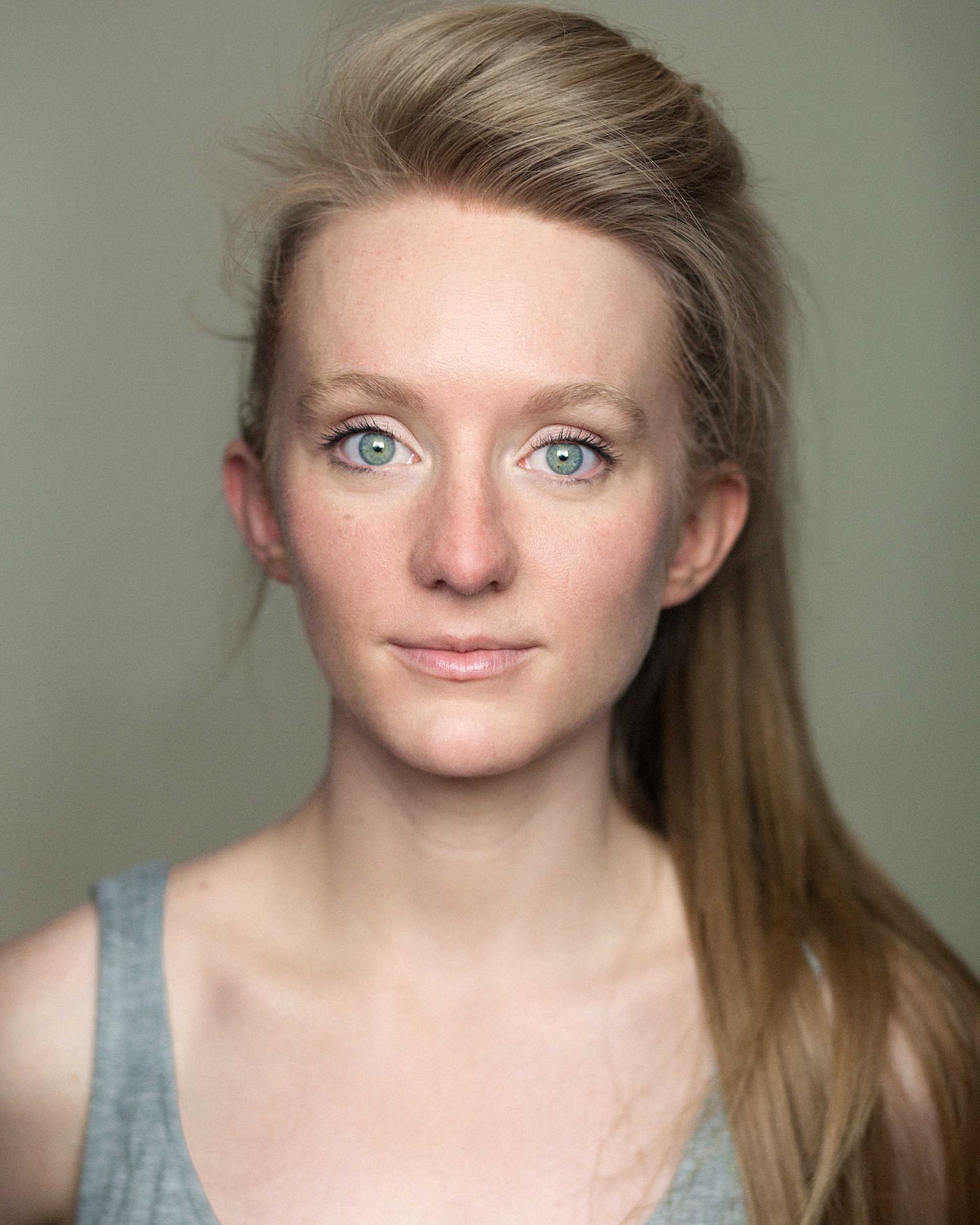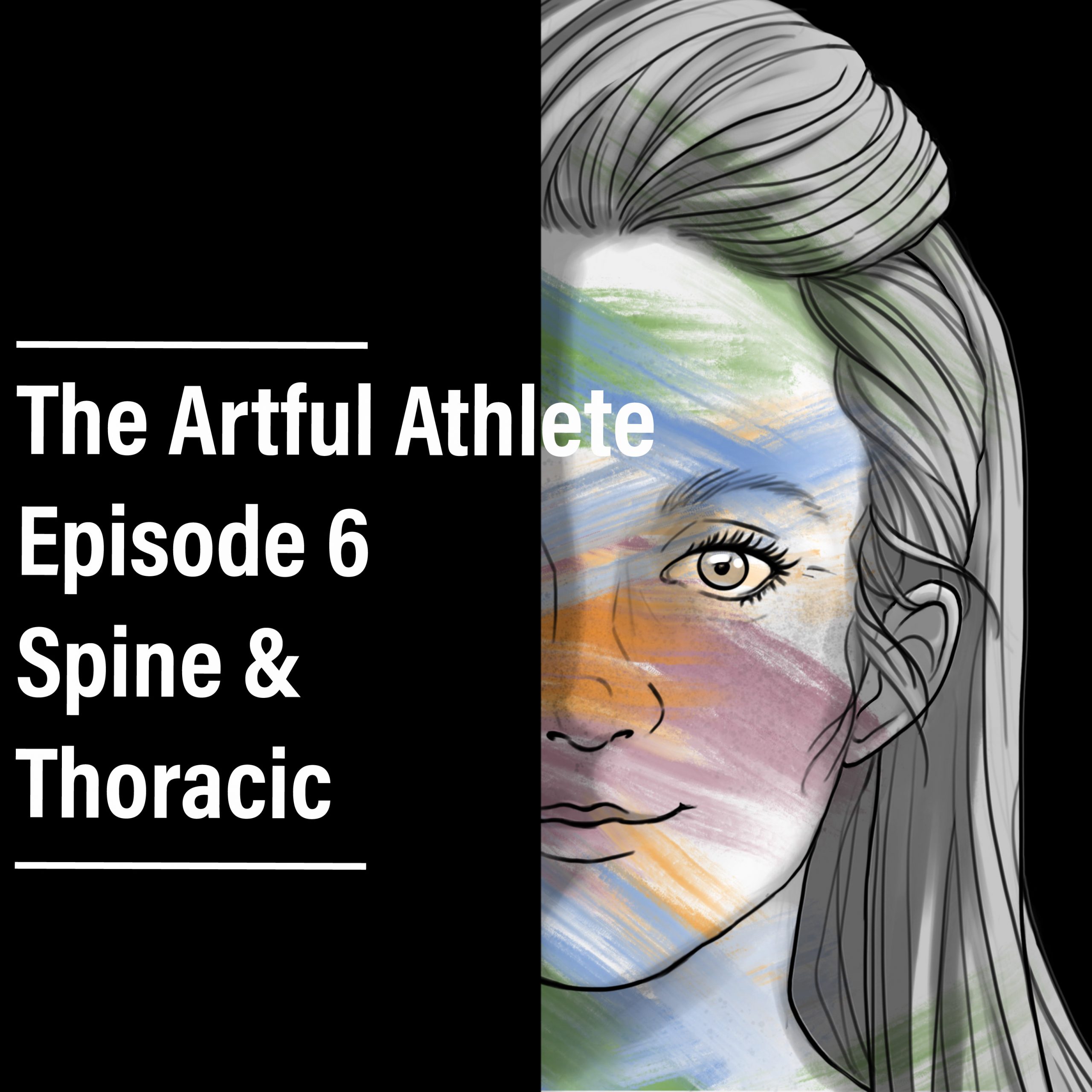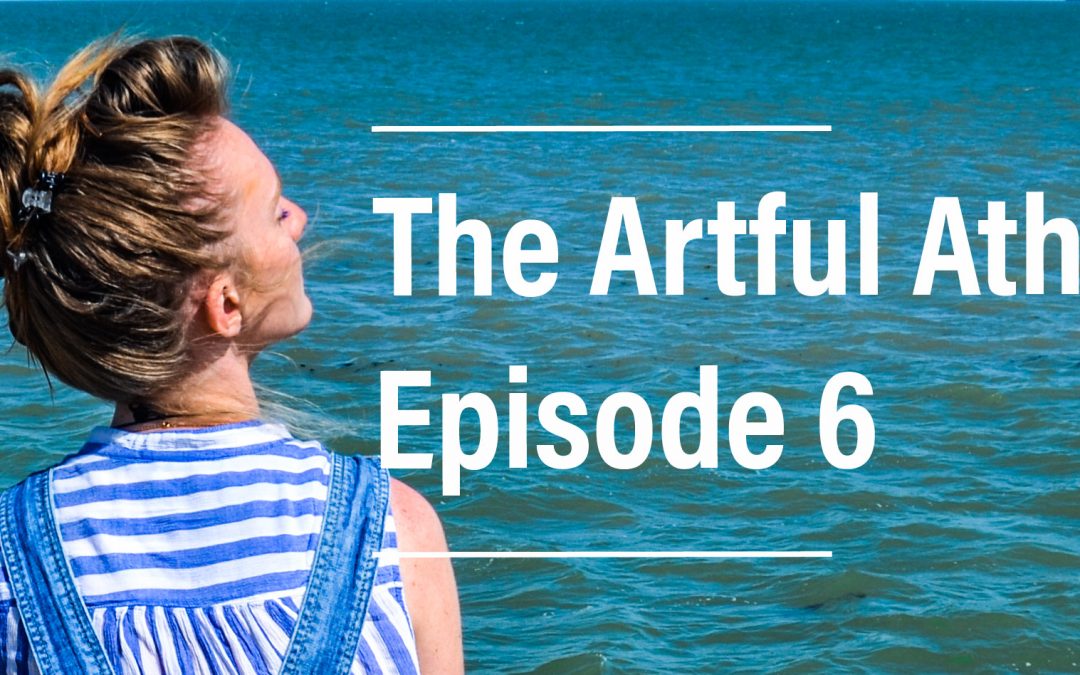Podcast – Episode 6: Spine & Thoracic

Written by Ségolène
At the end of last week’s episode, I promised to tell you the story of a Voiceless speaker who figured out a way of overcoming the recurring loss of his voice, and created a method still taught in both the performance art, the fitness and wellness worlds.
The Alexander method.
In the second half of this week’s episode, I run you through the most important pose and physical awareness / release work taught by Alexander technique: Semi-supine or Constructive rest position.
The Society of Teachers of The Alexander Technique has a very good video showing you how to ease your body into the pose too. You’ll find it further down this article.
Now, in this week’s episode I also share with you what pushed me into embarking on this
Voice-Spine-Movement journey.


Being half-paralysed at 14 years old after an accident in my PE class threatened my creative life. I was training and working with a theatre company alongside my studies. Being locked in a neck-brace, on strong medication and pretty much in constant pain took its toll on my body, my mind, my creativity and my Voice.
I still own that neck-brace, as I’ve had a few relapses over the years. But, since fully taking advantage of what the Alexander technique, Calisthenics, Yoga and Animal flow have to offer: I haven’t had to use it. I still keep it though. It’s my little memento. Of how much I’ve gained from it, despite the pain and tears.
At the time, the singing teacher of the theatre company I trained and performed with, got me to focus on breath, singing, on relaxing my body through my voice as much as possible. Further down the line, from Paris, France via Bonn, Germany, all the way to London; I met incredible movers and wellness practitioners who shared their knowledge of the body through the lens of their industry: be it yoga, fitness, calisthenics, physiotherapy, acupuncture and massage therapy.
They taught me their ways, and I soaked it all in and made them my own: combining all these elements from the fitness, wellness and performance industry, I understood you could create this awareness Alexander sought, through breath, controlled movement and relaxation.
And THIS gives your voice the space and release it needs.
If you’re interested in starting a movement practice…
Here’s my TOP 5 YOGA & CALISTHENICS moves & poses
MY TOP 5 Calisthenics
Spine Money Makers
Click on each name to see how to get into the pose
That one is a pretty gentle way of easing tension in your upper back, neck and rotators.
To build a healthy relationship between your hamstrings and your vertebraes. Think of it as a Spinal Roll using gravity and weight to make space between each vertebrae. Definitely one of my all time favorite!
You don’t need the stick in the video to give it a try! Focus on keeping your anchor (your shoulder) as closed to the ground as possible.
I. Love. These. So. Much.
Being able to learn to bring movement to the thoracic and realx my shoulders has been life saving. Start by learning to do them on your knees, and really focus on moving that ribcage MINDFULLY.
Hanging is the best way to decompress your spine. Don’t worry, I’m not gonna ask you to jump on rings or a bar! The top of your cupboard will do. Even if your feet are still touching the ground, breathing deeply all the way through, just relaxing the knees and allowing your upper body to be in that hanging position is enough to help create more space between each vertebrae.
MY TOP 5 Yoga
Heart Openers & Spine Lovers
Click on each name to see how to get into the pose
Both in the top most used yoga positions
It’s a pretty relaxing backbend – if you’re a beginner, you can place a block underneath your chin. You want to shift your thoracic and your heart forward. Don’t cheat and rely on that lower back curve!
A classic – because it teaches you to extend the spine by using the lower body
For built up tension in the neck and scapular / upper back
Fish Pose
This one is simply money for the heart and the spine. I modify it by placing a block or a dictionnary, or a towel underneath the heart as show in the video at 2:50min.
As you lie down into the pose, you can play with placing your arms over head, in a T shape, or by your sides.
Now remember, if you’re new to movement, there’s no point in forcing the body mindlessly into the pose. Take your time, play with your edge, and practice regularly. That’s what will help your spine. There is no quick fix when it comes to postural improvement. And obviously, remember to B R E AT H E !
Finally…
Learn to RELAX your body
As August Berger explains in this TedxTalk, we need to aim for minimal effort in our movement in order to find alignment and ease the tension within our body.
I would add that as well as working on your physical release, you need to practice a mental and emotional one. Why not go back to episode 5 for a cheeky reminder?
You want to have a free voice? To be heard? To never have to worry about losing your voice, running out of breath?
You have to do the work. There’s no too way about it. So give yourself the time every week, every day
- to play around with the breath like we did in episode 4 and 5.
- to practice the semi-supine and physical awareness as explained in this week’s episode.
- to include a movement and relaxation practice to your life. Just as a tight muscle is a useless and dangerous muscle, a stressed out mind is a danger to your body and yourself.
If you don’t know where to start, if you’re unsure of what it is you’re doing that’s affecting your voice, or if you have a history of chronic pain / injury…
Get in touch!
I know pain far too well, and if there’s anything I can do to show you how to avoid some of it, I gladly will.
Happy relaxation practice!


Ségolène
I listened to episode 6 at the end of a Monday whilst walking among old trees. Night had just fallen so the sky glowed with soft blues and our cat was prowling nearby. Listening felt like coming home and brought me hope and calm. Which I brought home. Thank you.
I so admire and appreciate your dedication, care, & evolving podcast and site. Carry on! Though you could work in a break after this intense production. You can skip a week or two- we’ll still be there!
Thank you so much for this wonderful feedback, Monica. 🙂
I have plenty more to come for the next few months – I hope they’ll provide you with all the peaceful energy we need.
Much love!